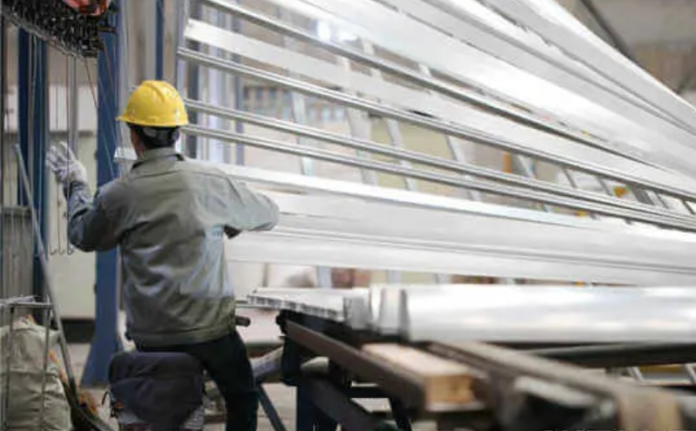As the wheels of modern engineering continue to spin, there are more concerns about how much weight aluminum extrusion can hold. There have been different responses to this question, but one fact still needs to be defined. Aluminum is a softer metal whose strength and toughness rely on incorporating alloying elements like silicon, magnesium, and manganese.
This is the only way to craft aluminum extrusions surpassing even steel’s strength-to-weight ratio. It’s a lightweight wonder with a variety of applications in different industries. But let’s see how much weight aluminum extrusions can handle.
Cracking the Code: Aluminum Grade and Strength Values
An extrusion’s weight depends on its tensile strength and yield strength. Yet all these values tend to vary depending on the aluminum grade.
- Grade 6005-T5 has a tensile strength of 37,700 psi and a yield strength of 34,800 psi.
- 6061-T6, fancied for brackets, bears a tensile strength of 45,000 psi and yield strength of 40,000 psi.
Even so, these figures are courtesy of different aluminum grades in an attempt to shed light on the varied strength of extrusion. The material composition and heat treatment of the extrusion machine will further affect the aluminum extrusion strength.
The prime influencer of extrusion weight-bearing capacity is the engineering and design of the aluminum profile. You ought to know that the size, shape, and wall thickness will also dictate the strength of the profile. On design, though familiar, T-slot profiles sometimes need to catch up due to connection issues. On the same note, solutions utilize self-aligning brackets for superior support and stability.
And so, grade remains a vital consideration when choosing aluminum extrusions. Check out some of the available grades. Also, Brackets remain overlooked, yet they wield significant influence over the strength of aluminum extrusion assemblies. If you have grades like 6061-T6 and 7075-T6, varying levels of tensile and yield strengths will be evident, and the latter can reach 83,000 psi in tensile strength. As such, brackets are the linchpin in various connection systems, where even the sturdy profiles will be limited by bracket strength.
Understanding the Weight Weigh-bearing Capacity of Aluminum Extrusions Based on Applications
Knowing how much a profile can hold is not definitive or plain. It’s a multifaceted front dictated by engineering finesse, aluminum grade selection, and connection integrity. The area, i.e., square ich, where the force is distributed, will also have a say in extrusion weight-bearing capacity. To gauge the weight-bearing capacity of your extrusion, you can use these formulae
1 psi = 0.0004464286 ton-force (long)/square inch
So, to convert psi to ton-force (long) per square inch, you must replace our values in the following.
Ton-Force (long)/Square Inch = Psi × 0.0004464286
For instance, let’s take an example where you want to convert 20 psi to ton-force (long) per square inch:
Ton-Force (long)/Square Inch = 20 psi × 0.0004464286 = 0.0089285714 ton-force (long)/square inch
Using the standard value of 1 Psi equal to (0.0004464286), you can directly convert psi to ton-force (long) per square inch.
The ideal thing is for extrusion profile makers to state their profiles’ Psi values and yield strength. Replacing those values in this formula gives you a rough idea of what your extrusion can bear.





